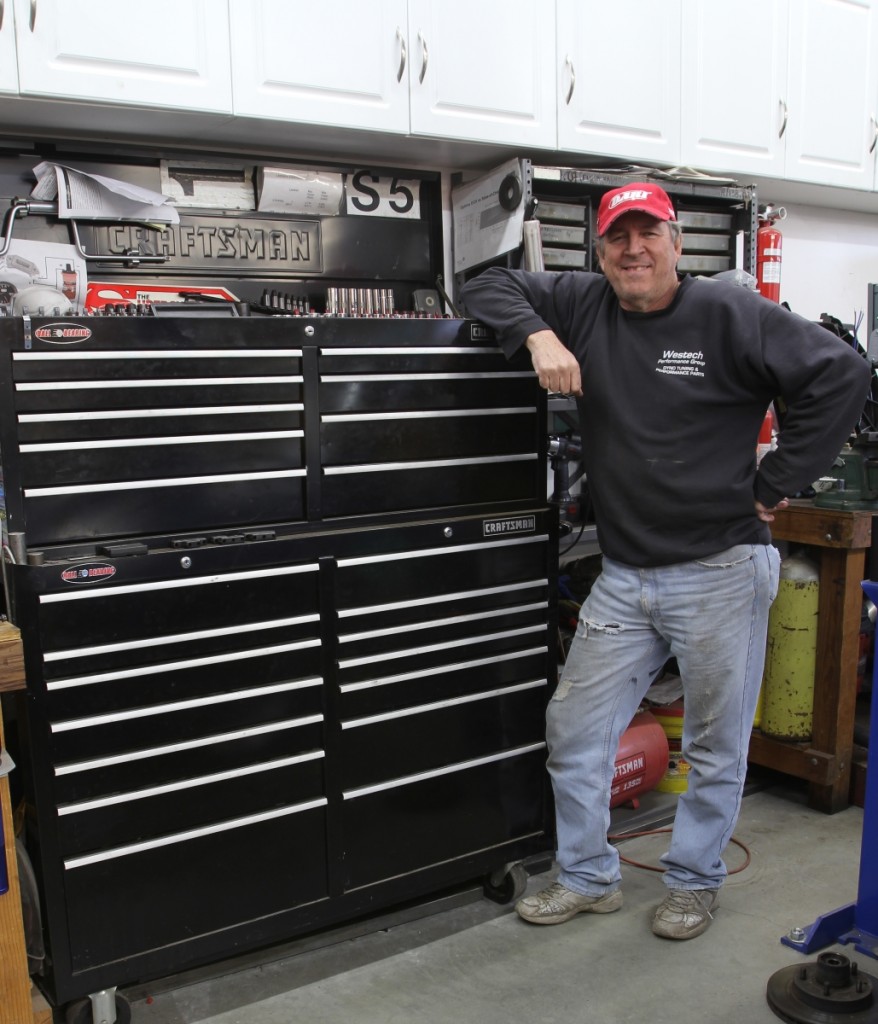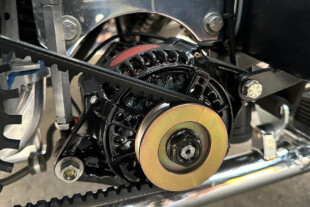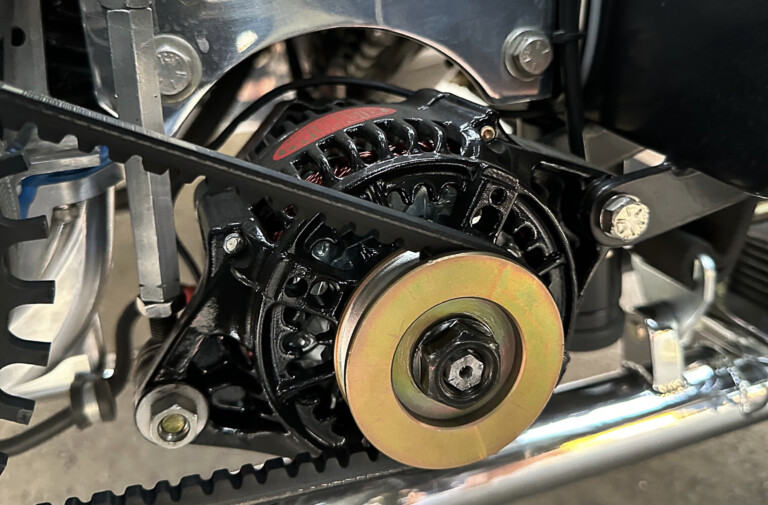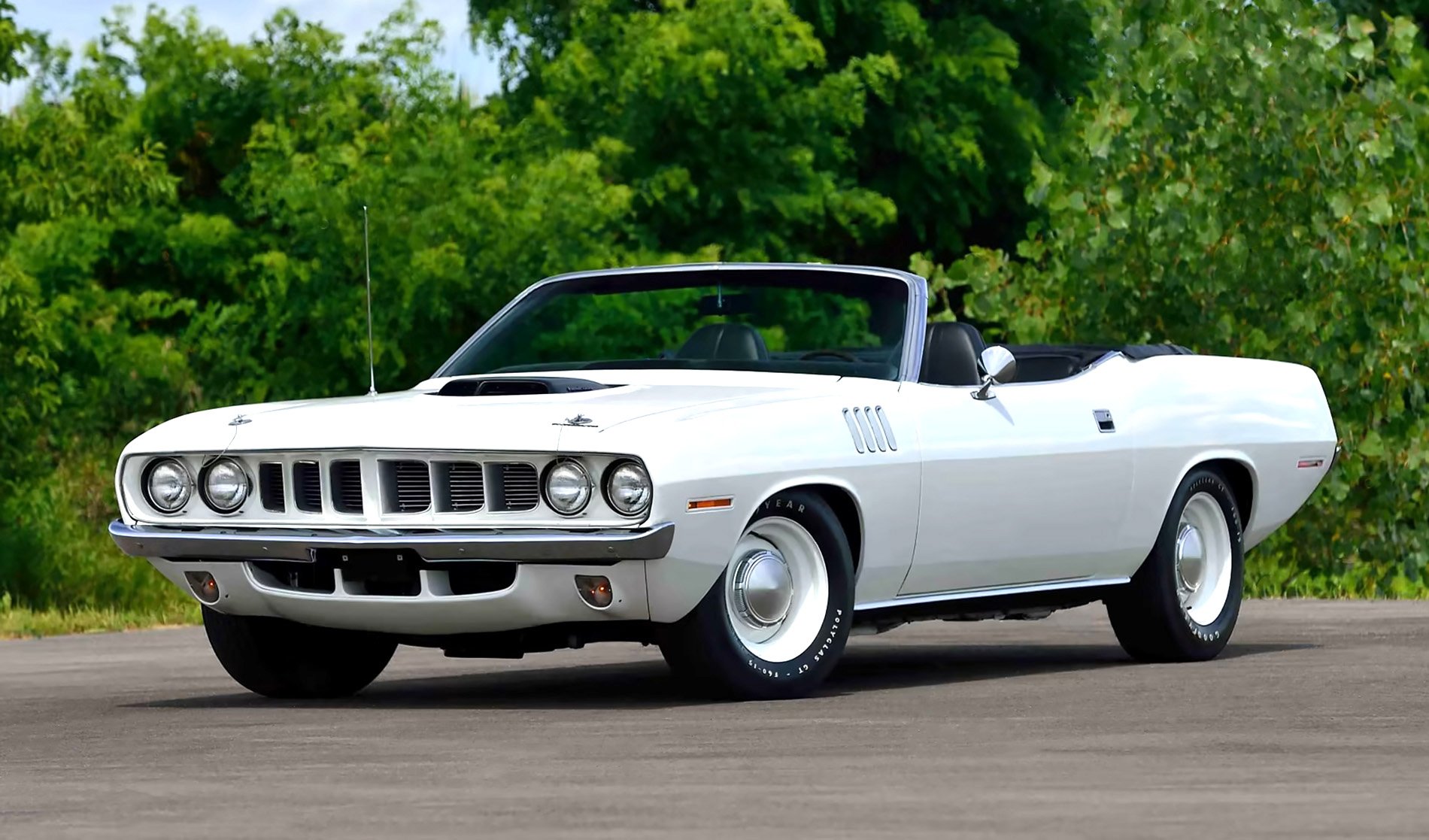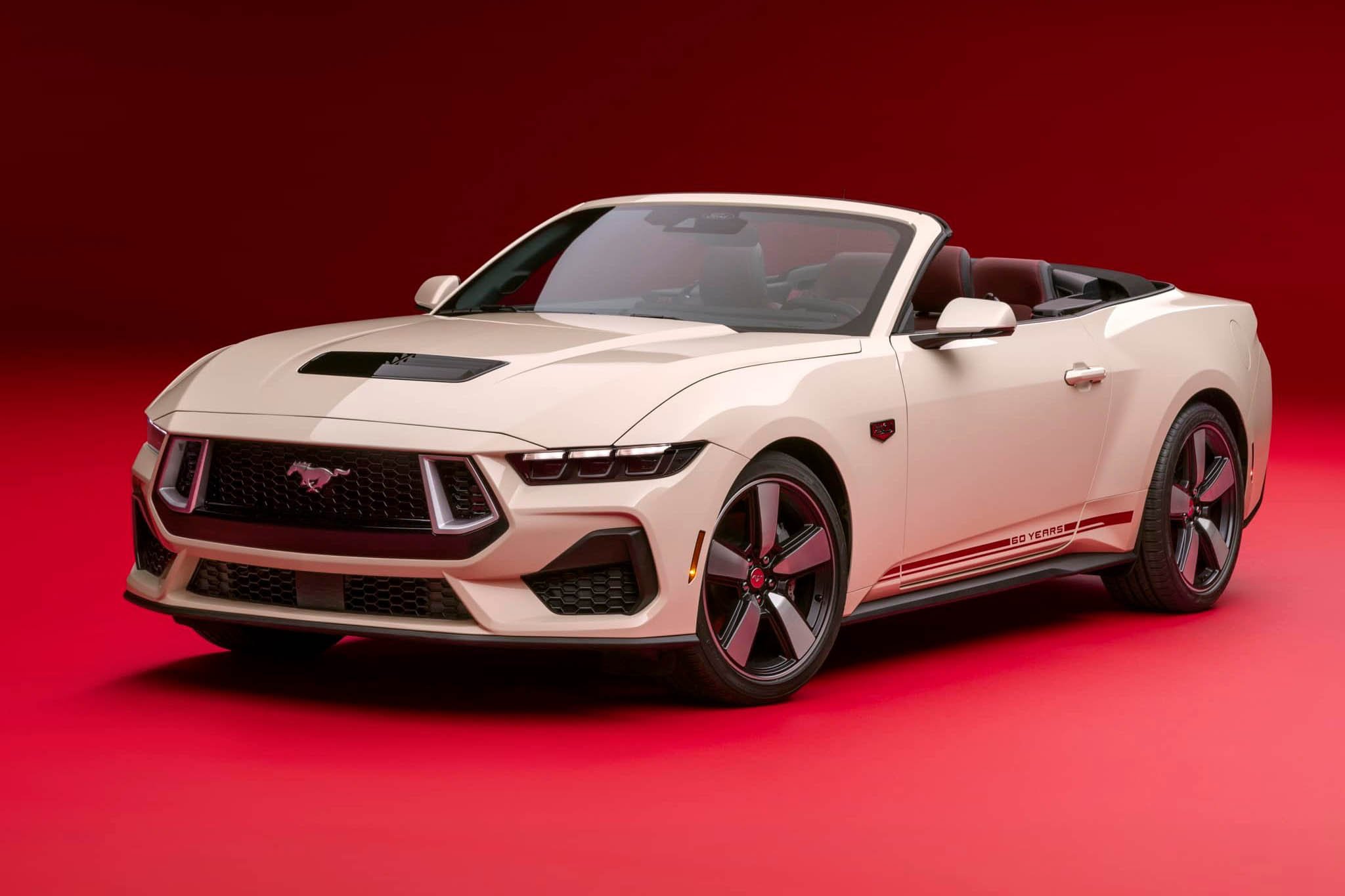I was working on my little primered El Camino the other day, once again trying some new tuning techniques that I had learned from my friend Norm Brandeis. Much of what I tried wasn’t any different from what I’ve been doing for nearly five decades. The main difference was employing a different machine and some new information that a friend had offered.
There’s a quote by someone much smarter than me that proclaims “Old ways won’t open new doors.” I started thinking about how long I’ve been playing with cars and realized I’ve been experimenting, investigating, diagnosing, and frustrated for a very long time. I started working for my grandfather in his Skelly service station when I was 10 years old. Along the way, I learned how to change oil and eventually to do tune-ups. That was when gasoline had lead and distributors still had points.
Back then, a tune up was required about every 10,000 miles. My goal was to tune the ignition and carburetor so that, after the engine was fully warmed up, it would start on the first or second revolution of the starter motor. I’m still shooting for that.
My friend Norm has a shop in Wisconsin called Westech. We call it Westech East to differentiate it from Westech West here in California. Norm has been calling me weekly to outline a new tuning technique that he’s been working on with help from a man named Jon Palek, who owns a company called Emissions Systems, Inc or EMS. The company builds a five gas analyzer that Norm has been using but not in the conventional sense. The analyzer measures hydrocarbons (HC, unburned fuel), carbon monoxide (CO), carbon dioxide (CO2), free oxygen (O2), and oxides of nitrogen (NOx).
What Jon and Norm have been doing is evaluating an engine’s state of tune not just with an air-fuel ratio meter or by looking at best power numbers but also by evaluating all five of the results of combustion and tuning the engine by balancing those values. With a race engine, power is the primary result but even that is changing since many long distance events like Le Mans or a NASCAR 500 mile race can and are won by improving fuel mileage and reducing the number of pit stops.
For a street car, a well tuned engine presents equal challenges since we must be attentive to imperatives like idle quality, drivability, fuel mileage, and at least a passing acknowledgment of tailpipe emissions. I did a completely backyard test several years ago when I was driving surface streets in Los Angeles to get to and from work. It was often an hour drive to achieve a distance of 25 miles. The test was to see how much of that average 60 minutes was spend at idle. I discovered the engine spent roughly 40 minutes of that hour at idle or in deceleration. This is hardly scientific but it does indicate the importance of achieving the best and cleanest idle quality possible.
My guess is that very few carbureted performance engines are tuned anywhere near their optimum. I’ve also discovered that this is not as easy as it once appeared. In talking with Norm, I’ve learned that all five of those gases are an important clue toward achieving not just a decent idle quality but these individual emission components are also signposts toward optimizing combustion for a combination of performance, improved throttle response, and drivability.
I won’t get into all the details because the explanations are fairly length and because I don’t know all the details yet. Almost 20 years ago, I had an opportunity to buy a used Sun Pro-II four-gas emission tester for $400. Most of my friends thought I was crazy. I used it for awhile but for the last 10 years it has just occupied valuable floor space. But when Norm began explaining what I could learn, I pulled the machine out of mothballs, fired it up, and used it as feedback while tuning my El Camino.
I recently installed a 4L60E trans in this little cruiser that is powered by a very mild 383 small-block Chevy with somewhere around 9.5:1 compression, a mild Isky flat tappet hydraulic cam, Vortec heads, Edelbrock Performer RPM dual plane, and a 600 cfm, vacuum secondary Holley carburetor. Initially the trans was a TH350 with a very tight converter that required a ton of initial timing to maintain a decent idle speed in gear. It required actually applying vacuum advance so that it would idle in gear. I think the engine had 28 degrees of timing at idle! It wasn’t really happy but it was necessary because of the tight converter.
With a much looser TCI converter, I could now remove the vacuum advance timing at idle. I won’t go through all the steps, but when I started testing the engine, it nearly pegged the machine with very high 1,800 ppm (parts-per-million) of HC or unburned gasoline. That was because of all the timing. Eventually I learned the engine wanted around 20 degrees of timing at idle because of the camshaft overlap. I was able to pull the emissions down to far more acceptable levels by carefully balancing the idle mixture and ignition timing.
We eventually reduced the emissions to some relatively low levels considering this engine does not have a catalytic converter. HC now is at 415 ppm (parts per million), the CO is at 1.9 % (which equates to a 13.8:1 air-fuel ratio), and 6.6 percent CO2 with an idle speed in Park of 750 rpm.
I’m much happier now with how the engine responds and it probably has never idled this cleanly. Plus, the El Camino now gets better fuel mileage than it did when it was new and at least we’re not burning leaded fuel anymore. This makes it a little better when I’m sitting at a traffic light across from some smug guy in a Prius who looks at me like I’m some kind of environmental fascist. My justification is that my car is 53 years old. I doubt his will make it half that far.
There’s much more to this story. If you are interested in opening new doors and learning something new, take a look at EMS’s website – emsgas.com. If you’re into making engines run better, there’s plenty to learn about combustion efficiency.



